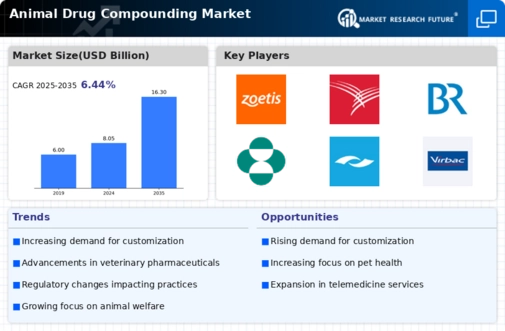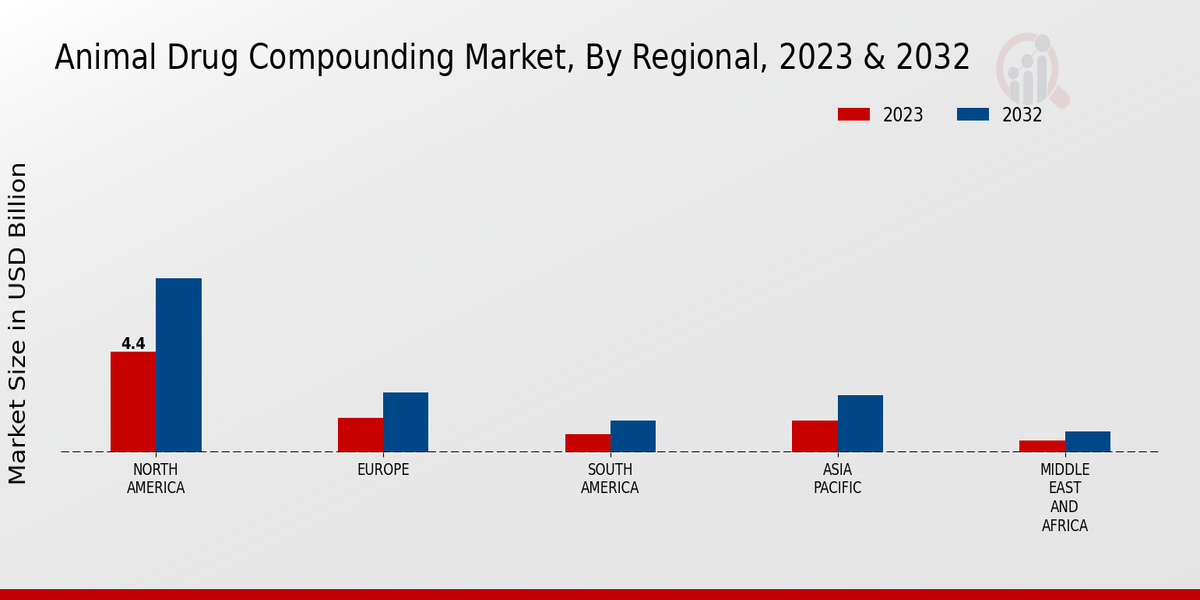Constantly, major players in the Animal Drug Compounding Market are trying to gain a competitive advantage. In these circumstances, leading competitors are investing in research and development of new, more effective, and innovative products and are looking for opportunities for expanding and strengthening their presence in order to succeed in a developing market where the growth is likely to attract new entries, which can be a new source of rivalry.
As the Animal Drug Compounding Market is growing fast due to the increasing demand for more personalized services for animals, in order to be the most competitive, one needs to offer the most specialized, customized product in the market.
Major players dedicate their time and resources to digitalization of the operations to make it easier to deliver services and enhance customer experience. Therefore, key competitors in the Animal Drug Compounding Market are engaged in tailoring solutions to make the customers’ lives more comfortable and, at the same time, use digital technology and new media to serve the clients better.
One of the major players involved in the Animal Drug Compounding Market is Vet Pharmacy Services. VPS is a provider of a wide range of products and services for animal health.
Among others, the company offers its customers multidose veterinary drug administration, custom formulations, sterile compounding, and a lot of other animal drug compounding services. VPS has a strong team of experienced veterinarians and pharmacists which works close with pet owners and farmers, offering them the best solutions, quality products, and the highest level of compliance to make products and customer experience better and to make them safe and effective.
Wedgewood Pharmacy can be clearly seen as a key rival of VPS in the Animal Drug Compounding Market. The company, as VPS, offers many services, including sterile compounding, non-sterile compounding, and hazardous drug compounding.
Wedgewood Pharmacy is a leading provider of both human and animal health products and services. The company has a team of experienced veterans and pharmacists which works close with the customers in order to provide tailored solutions for their animals.
At the same time, the provider has a strong focus on customer satisfaction, so it spends a lot of resources on making the service of the highest quality.





















